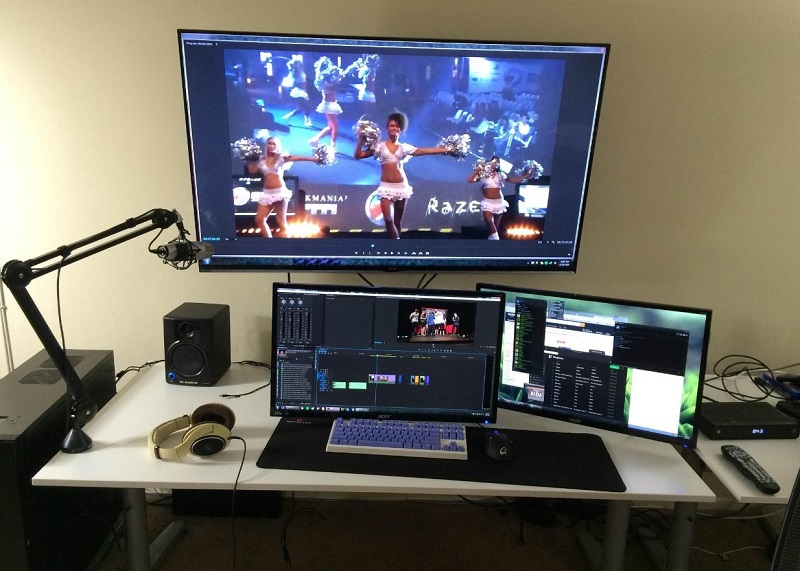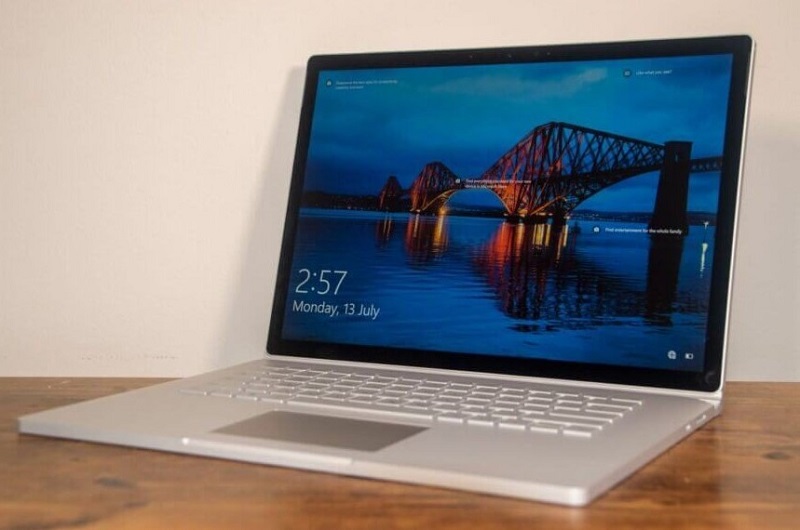Whether you’re a content creator or videographer, a high-quality camera isn’t the only thing you need. In addition to a camera, you need to have a powerful and functional laptop with you to edit your videos on the go with utmost convenience.
Although you can edit short videos, such as clips for your TikTok followers growth, on your phone without any difficulty, 4K videos or heavier files need to have the right system and specifications to prevent any disruption in your work.
To help you edit videos like a pro, here we will talk about the main factors that you must consider when buying a laptop for video editing.
Factors to Consider When Buying a Laptop for Video Editing
When browsing and researching for the best laptop for video editing, you need to keep these factors in mind.
1. Storage
First and foremost, you should remember to always back up your files and data on the cloud, since the risk of failure is almost always present in storage drives. Even if your storage drive fails, having a backup of your hard work can take away a great deal of stress from you.
You can always save your large 4K video files on an SSD drive. Whereas 1080p footage can be stored on a simple USB.
Secondly, you may want to have fast internal SSD (solid state drive) storage on your laptop to make sure you are able to work on videos more smoothly and efficiently. It would be better to have a 1 TB SSD to save proxy or render files on your laptop, but it can be quite expensive.

2. Memory (RAM)
Memory (RAM – Random Access Memory) is the short-term memory of your laptop, and it can directly influence the performance of your laptop. Since RAM impacts the processing speed and efficiency of your device, it can also affect the way you edit videos.
When it comes to video editing, you should have a minimum of 32 GB of RAM. This range is the lowest when editing heavier files, such as 4K videos. Of course, it’s better to go higher, such as 64 GB or more, as it will even be better and offer a faster processing speed.
A step up from 16 to 32 GB of RAM can make a massive difference in your laptop’s performance and will make video editing a whole lot easier for you.
3. Processor (CPU)
CPU or the processor is the “brain” of your laptop. A laptop with a powerful and modern processor is able to perform the tasks instructed to it quickly. Since video editing is a pretty heavy task, a powerful processor will make it easier and quicker for you to edit your videos.
The CPU is equipped with a particular number of cores that process instructions. Of course, a greater number of cores means the CPU will process instructions faster. That’s why quad-core is better than dual-core in terms of speed and performance.
The Intel Core i5 processor would be the most basic one for your video editing laptop. As you go higher, like i7 and i9, your laptop will be able to take a load of multitasking and video editing more efficiently.
4. Graphics Card (GPU)
Another thing that’s a must in the best laptop for video editing is the GPU or graphics card. The graphics card provides a top-notch visual display, which may be even more important to video editors as they need to process images (videos) and create proxy files.
Budget laptops for video editing usually contain a GPU that’s integrated into the processor. However, robust video editing laptops usually come with a separate GPU that’s 4 to 8 GB of VRAM (Video Random Access Memory).
In case your laptop doesn’t have a separate GPU for powerful imagery processing, you can always invest in an external graphics card and plug it into the USB-C port of your device.

5. Display
The display of your laptop is another crucial factor you should consider when buying the best video editing laptop. You need to ensure the accurate depiction of the colors and crisp imagery that your viewers will actually see in HD when editing an HD video.
Most cheap laptops feature a full HD screen, which may not be the best option. If you want higher and crisper video resolution, it’s better to look for a UHD (Ultra High-Definition) screen.
6. Connectivity and Ports
Your laptop should be able to easily connect with Bluetooth devices and Wi-Fi networks, as this can be a necessity for most video editors.
Additionally, when buying a laptop for video editing, you should also consider the ports that your device comes with, such as HDMI and USB-C ports. However, if it lacks some of the ports, you can always look up external ports for laptops on Amazon.
Source: medCPU

Eyal Ephrat serves as the co-founder and CEO of medCPU.com, where technology is making significant strides in the field of medicine. Through his experience in purchasing PC and laptop equipment and various other tech products, Eyal Ephrat contributes valuable insights to medCPU’s mission.
